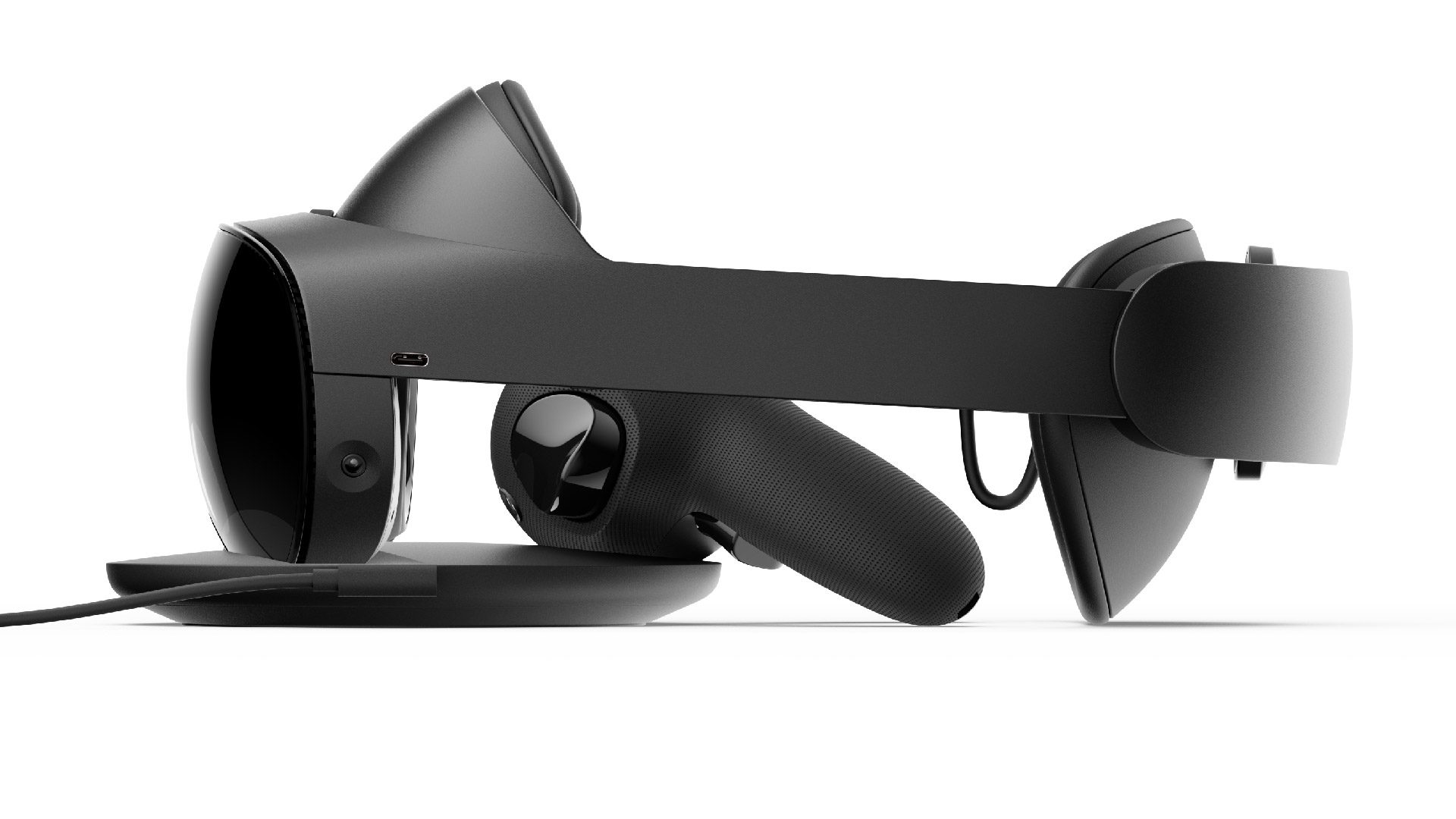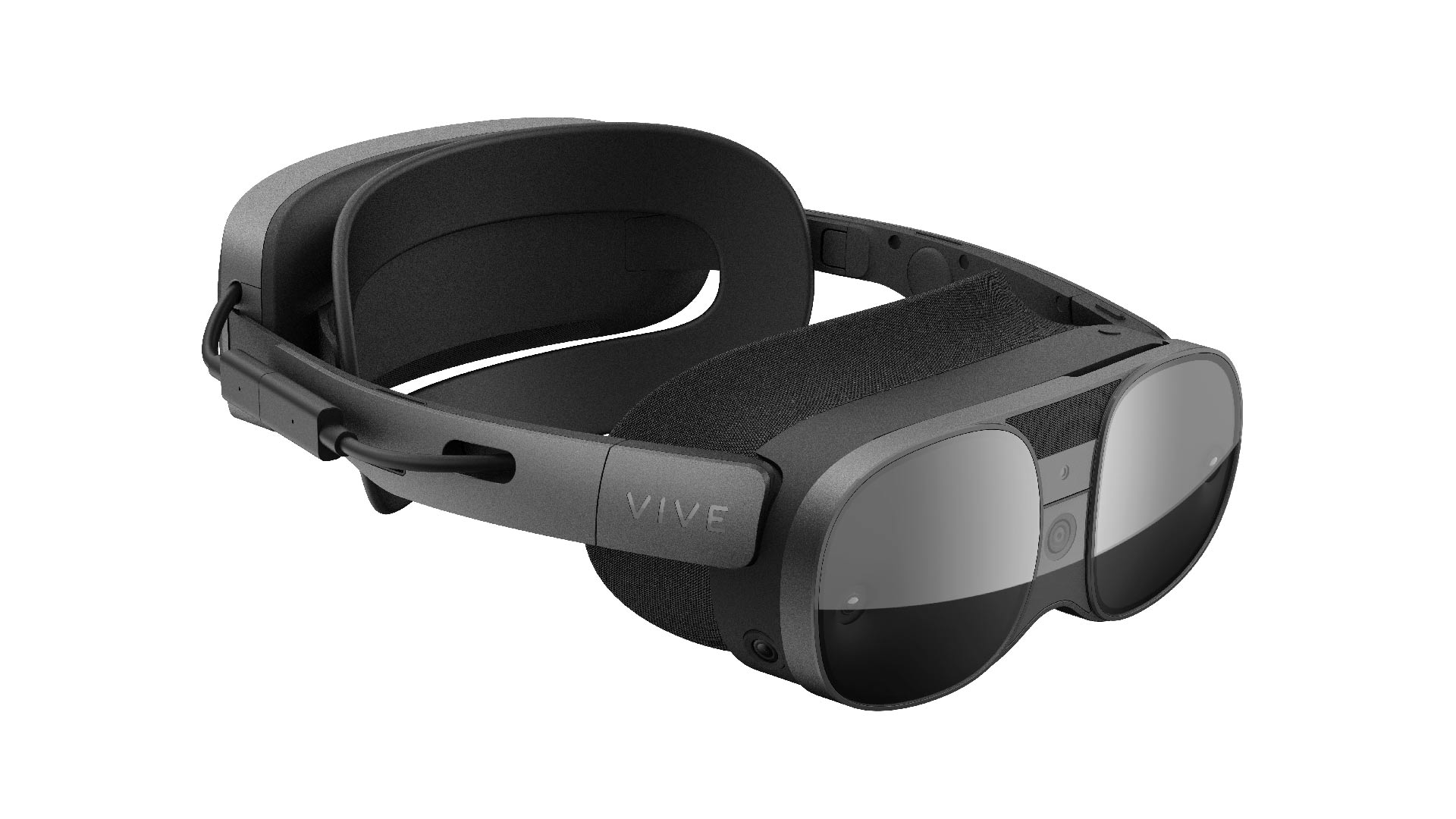It’s only been three months since Meta launched Quest Pro, pitching its next-gen mixed reality standalone to enterprise and prosumers with the hefty price tag of $1,500. In an unusual move by the company, Meta has quietly slashed the price of Quest Pro for a limited time, putting it more directly in competition with HTC’s recently revealed Vive XR Elite standalone headset.
Update (11AM ET): Sale timing has been revealed; the price drop is in effect for one week only in the US, and two weeks in the UK (dropping to £1,300). We’ve included this in the body of the article below.
Released in late October, Quest Pro essentially set the tone of the next generation of standalone VR hardware. Typically, Meta is consumer-forward, pricing its headsets below (or close to) $500, but Quest Pro represents a pivotal shift in Meta’s strategy.
Starting with Quest Pro, the company is using mixed reality as “a key part of the journey toward full augmented reality devices,” Chief Technology Officer and Reality Labs Chief Andrew Bosworth described in a year-end blogpost.


With the sale, it seems the company is quietly gunning to retain its share of the budding MR headset marketplace by knocking the price of Quest Pro to match its largest competitor, Vive XR Elite, which HTC revealed earlier this month, couching it as its long-awaited return to the consumer VR space.


Now, Meta’s Quest Pro is priced at $1,100, or $400 below its previous MSRP, challenging Vive XR Elite’s unique selling points in the process. According to CNET, the sale is happening for one week only in the US, and two weeks in the UK (dropping to £1,300).
Notably, these aren’t entirely analogous devices; some hardware quirks might act as key differentiators, although the undeniable overlap now puts them squarely in direct competition. Still, it’s pretty close.
Here’s a quick breakdown of the headset specs side-by-side:
Feature |
Vive XR Elite |
Quest Pro |
| Inside-out tracking | wide FOV cameras (4), depth sensor (1) | wide FOV cameras (4), no depth sensor |
| Passthrough | single 16 MP RGB camera | single RGB (MP?) camera |
| Resolution | 1,920 × 1,920 per eye (LCD) | 1,800 × 1,920 per eye (LCD) |
| Display Refresh | 90 Hz | 90 Hz |
| Eye-tracking | Additional module required | Onboard eye-tracking |
| Face-tracking | Additional module required | Onboard face-tracking |
| Chipset | Qualcomm Snapdragon XR2 | Qualcomm Snapdragon XR2+ |
| Storage & Memory | 128 GB / 12 GB | 256 GB / 12 GB |
| FOV | up to 110-degrees diagonal | up to 96-degrees diagonal |
| Optics | Pancake lens | Pancake lens |
| IPD Adjustment | manual, 54–73 mm range | manual, 55-75 mm |
| Audio | built-in open-ear audio | built-in open-ear audio, 3.5mm audio port |
| Weight | 625g (including battery), 273g in ‘glasses’ mode | 722 g (including battery) |
| Controllers | 6DOF motion controllers (2), hand-tracking | 6DOF motion controllers (2), hand-tracking |
| Playtime on battery | ~2 hours | ~2 hours |
| Retail Price | $1,099 | $1,099 (MSRP $1,499) |
A raw spec sheet doesn’t exactly tell the full story, although it’s clear HTC will need to play catchup if it intends on remaining competitive with Meta now that both headsets have achieved price parity, albeit temporarily. Vive XR Elite is still in pre-order, with a late February shipping window, while Quest Pro is available today, direct from Meta.
In Vive XR Elite’s favor is its convertibility: the traditional battery headstrap can be replaced with a glasses arm piece, which allows it to be used with an external powerbank for more casual content viewing, like watching a film in your own private theater whilst on a plane or train.
It’s a unique selling point, although the lack of 3.5mm sours this somewhat, as you’ll need to use Bluetooth headphones to watch anything if you want complete privacy in a public space. Still, the focus on every day, on-the-go use sets it apart from Quest Pro. On the flipside, Quest Pro however features both eye and face-tracking out of the box, something Vive XR Elite will gain in the future with the release of separate modules.
Hardware aside, Meta undoubtedly has a leg up with its content ecosystem, as all games designed for Quest 2 automatically support Quest Pro—that’s a lot of content out of the box in addition to the admittedly smallish drip of mixed reality experiences already on the Quest Store.
Meanwhile, HTC is still amassing games for its growing content library, which currently doesn’t boast any truly notable exclusives that might make you choose one headset over the other. Notably, HTC also openly refutes it will sell personal user data since it’s not a social media company—a clear shot across the bow at Meta’s spotty track record in user privacy and security.
The list of differences doesn’t end there. If you want to learn more about Quest Pro and Vive XR Elite, check out our in-depth hands-on articles with both headsets.

